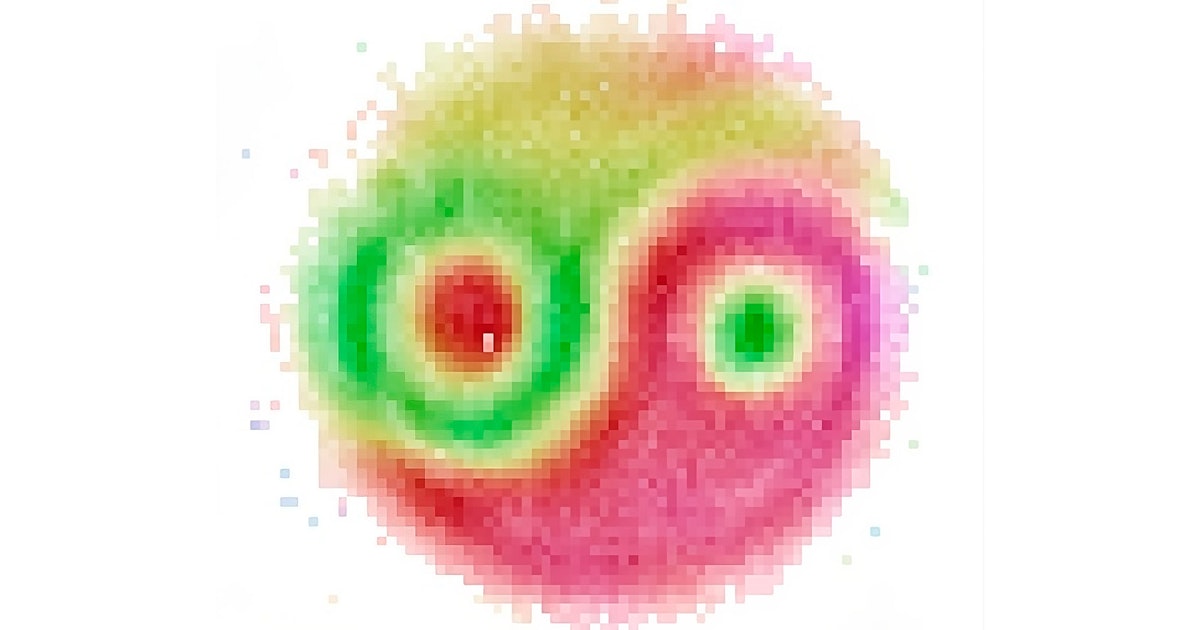Regarding research days, it may be helpful to remind people that not everything presented as research is science. The name and good reputation of science can easily be abused by politicians, bureaucrats and activists to promote their views under a false banner.
On Friday 1st September, we woke up to news that new research sponsored by FHI, the Cancer Registry, and the Norwegian Institute for Ergonomics (Bendik Brinchmann & Co) shows a clear link between snuff use and cancer. The research referred to is a form of applied statistics used by several different disciplines, e.g. Medicine, economics and psychology.
So I sat down to read the entire research literature in the area, and ultimately came to the conclusion that this research was absolutely worthless from a scientific perspective. One has an example. The probability of developing oral cancer was found to be somewhat lower for snus users, while the probability of developing rectal cancer was somewhat higher for snus users. Maybe I misunderstood, but shouldn’t snus be put in the mouth? However, this “research” could be an important turning point in the fight against snuff use, as most people can easily be misled into believing that this is serious science.
The research method that has been used by all snus researchers is simply a pre-controlled snus method. Statistical tests are designed to test one theory once. Chance plays a central role in statistics, and thus one usually talks about whether a relationship is statistically significant or not. The convention in applied statistics is that a relationship is considered statistically significant if there is less than a five percent probability that the relationship arose by pure chance. That is, if snuff users get cancer more often than people who do not use tobacco, such that the probability of this occurring by pure chance is less than five percent, then the association is considered statistically significant.
However, in snus research, no single theory has been tested once. What was done was to test whether there was a relationship between snuff use and 15-20 different forms of cancer. In addition, several tests have been performed for each type of cancer by different research groups. Then there is no longer a five percent chance of finding a statistically significant connection by pure chance (false positive). You’re actually starting to approach a 100 percent probability of finding at least a false positive connection between snuff use and cancer (with 60 independent tests predicting three false positives, the probability of at least one false positive being over 95 percent, and the probability of six false positive connections being greater It is possible that it does not exist.) If you want to prove that wet tobacco leads to cancer, all you have to do is run a series of tests, collect all the false positive associations, and present them as actual research results.
I don’t bite, but this method can fool most people.
In 2005, Stanford University professor John Ioannidis published an article titled “Why Most Published Research Results Are Wrong,” which quickly made him a celebrity in the research world. Among other things, Ioannidis discusses the problem with several independent research groups that perform so many statistical tests in total that false positives make up the lion’s share of research results. Ioannidis is a professor of epidemiology. Therefore, its name and author should be known to all cancer researchers. It is therefore disappointing to see that the research literature on snuff use and cancer neither cites Ioannidis nor discusses the issues he raised.
Brinchman & Company did not conduct any of these tests itself. They only summarize tests that others have done in the past 20 to 30 years. Part of the purpose of such a study is specifically to try to eliminate false positives by seeing whether different research groups with different data sets find the same links between snuff use and cancer. Brinchman and company don’t even mention false positives in their article, nor is there any reference to Ioannidis.
There are several studies that have looked at the relationship between pancreatic cancer and snuff use. The most recent study from 2017 has the largest numerical material, the most accurate estimates, and found no link between pancreatic cancer and snuff use. Brinchman and his partners chose instead to embrace a decade-old study with inaccurate estimates showing a potential doubling of the risk of pancreatic cancer with snuff use.
In this study, there were 20 snus users who developed pancreatic cancer out of a total of 37,755 snus users. There are simply too few cases of cancer for one to gain anything reasonable from a study. The worst part is that the latest study contains the same construction workers as the first study, just with a longer follow-up period of nine years. The same sample showed no relationship between snuff use and pancreatic cancer nine years later. In other words, the first study showed a false positive result (the follow-up time was too short). Brinchman and company’s rationale for adopting the first study is that the latter study produced mixed results. There is no relationship between wetlands and cancer naturally giving mixed results. What Brinchman and company are actually saying is that “we emphasize results we like.” Brinchman and associates also highlighted the risk of throat/esophageal cancer. In this 2007 study, 10 snus users out of a total of 40,932 had cancer. I haven’t found any studies that have subsequently updated this. This may also be a false positive. How much information can you really find from ten cancer cases?
The three most powerful studies with the most data were led by Mardiya Araghi and were published in 2017-2021. These often show no relationship between snuff use and cancer. I already mentioned the only study on pancreatic cancer above. The other two types are related to oral cancer and bowel cancer. Here, the relationship between snuff use and oral cancer turns out to be going in the “wrong” direction. There is a slightly lower risk of developing oral cancer if you use snus. However, in the rectum, there is a slightly higher risk of cancer. When you think about where you put your snuff, these also appear to be false positive associations.
Most people can probably guess by now which study Brinchman & Company is citing. That’s right, study the gut. In fact, they are so happy with the intestinal study that they include it in Table 1 of their article for reference instead of the pancreas study and the oral study. It is very surprising that something like this was not discovered during the publishing process. One might also ask why studies that did not fit within Brinchman & Company’s history were mistakenly hidden by giving the wrong reference.
In general, various research groups have performed many statistical tests on the relationship between moist tobacco and various forms of cancer, and it is expected that many false positive associations will emerge. The number of contacts reported by Brinchman and associates corresponds well with the number of false positives one would expect when running such a large number of tests.
There is also no logical explanation as to why snuff use results in a decreased likelihood of developing oral cancer and an increased likelihood of developing rectal cancer. Unfortunately, Snus research is also affected by the fact that researchers already know what the answer should be. I don’t think I’ve ever read less objective research literature. When you find no statistical relationship between snuff use and cancer, you discuss the problem of false negatives and how close you can get to statistically significant results. On the other hand, if a relationship were found between snuff use and cancer, the possibility that the results were false positive associations would not be discussed. It was also not discussed that the results were barely within the bounds of statistical significance.
We call this politicians in lab coats.

“Explorer. Unapologetic entrepreneur. Alcohol fanatic. Certified writer. Wannabe tv evangelist. Twitter fanatic. Student. Web scholar. Travel buff.”




